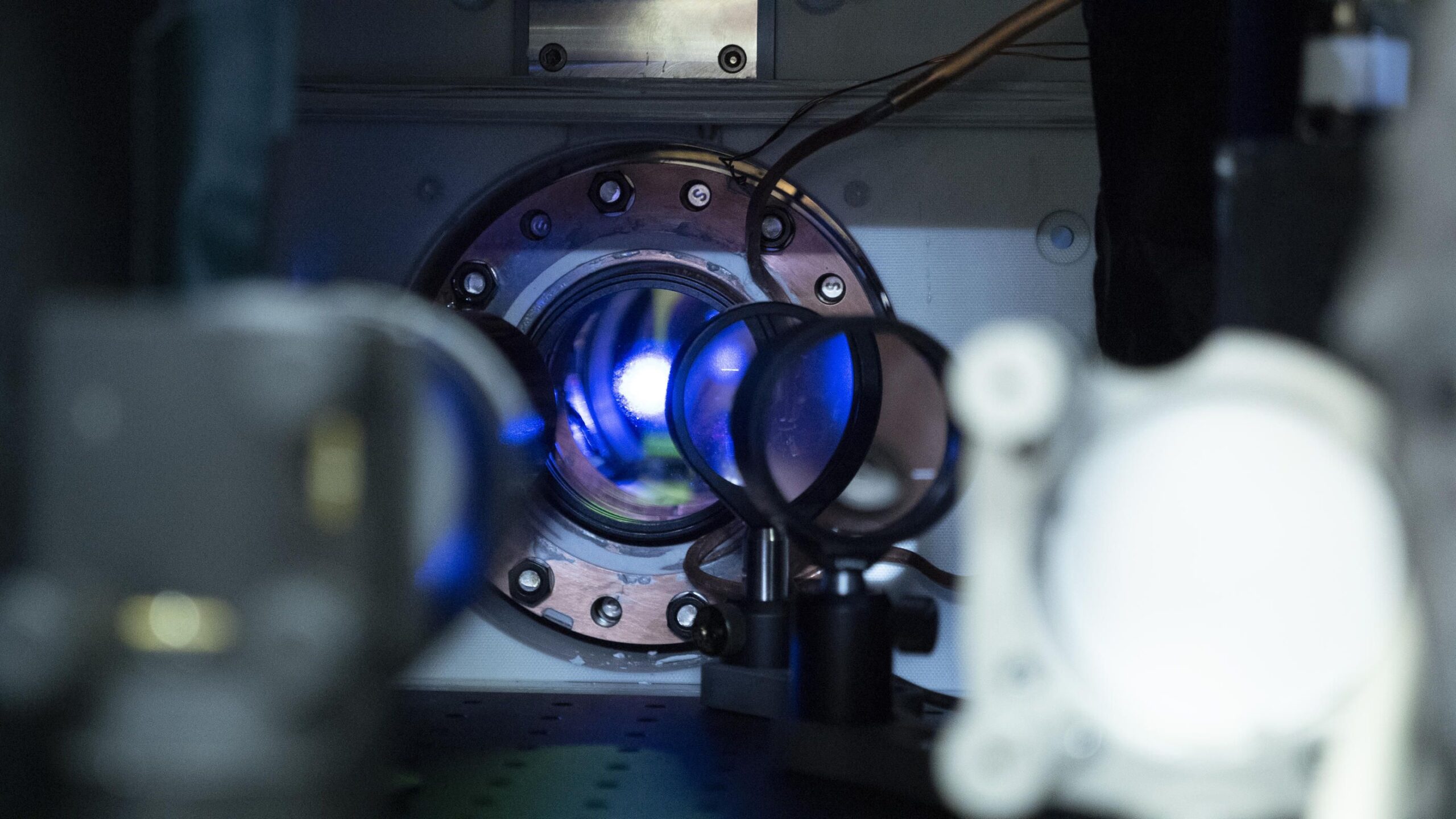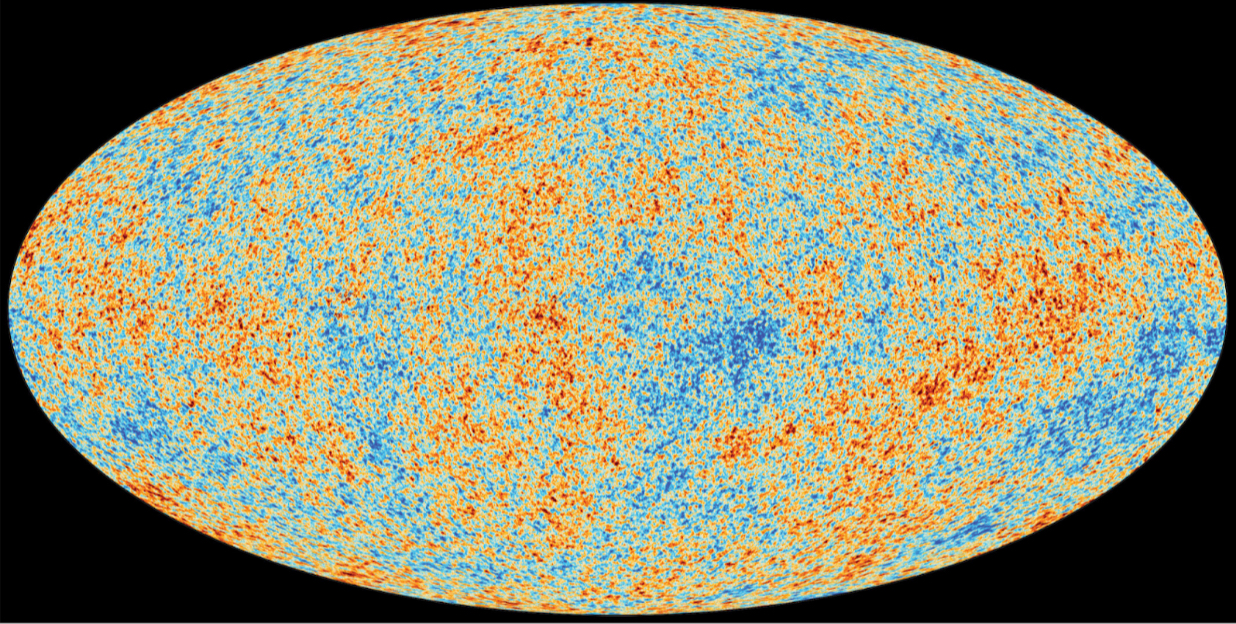By Jonathan Ram, Year 12
If you google the definition of a second, you might be surprised to read that rather than it being defined by the earth’s rotation and subsequent hours and minutes, it is determined as the amount of time it takes a caesium-133 atom to oscillate 9,192,631,770 times. This comes from the world’s most precise method of keeping time: atomic clocks.
Atomic clocks are a relatively new invention, dating back to just 1948 when the first one was made, and later in 1955 when the first caesium atomic clock was made. Scientists were looking for an object with constant oscillations, like a pendulum in a grandfather clock or a quartz oscillator in a wristwatch, but that didn’t lose its energy over time. They settled on atoms, which are known to oscillate at a rate determined by which element it is and which are immune to manufacturing errors. Caesium was decided on as the element of choice, and the frequency of 9,192,631,770Hz (times per second) was settled on to determine the second. This frequency is equal to the resonant frequency of a caesium atom. The caesium atoms are bombarded with microwaves which make them transition to a higher energy state. These higher energy atoms are then detected by sensors and through complex experimental techniques the frequency of oscillation can be determined.
Atomic clocks are one of the most accurate measures of timekeeping with an uncertainty of less than 1 second in 100 million years. However, scientists are still seeking to improve them and make them that little bit more accurate. Recently, in 2022, the first highly ionised atomic clock was made. This new type of atomic clock could be revolutionary due to the fact that it could increase the precision of time measurements. As aforementioned, the cesium atoms in modern day atomic clocks work by the effect of electromagnetic radiation, which is abundant and everywhere in the modern day world. Therefore, these clocks can be affected by external factors, which reduces their accuracy. This new type of atomic clock uses highly charged ions which react less with electromagnetic radiation. Currently, the first models of these highly ionised atomic clocks have achieved an uncertainty of just 2 parts per 10^17. 4. This uncertainty range is effectively 1 second in billions of years, and scientists claim that this margin will improve further when the technologies improve.
The other more prominent use of these new atomic clocks is their sensitivity to the effect of special relativity and quantum mechanics. They can help scientists further understand these complex fields of modern physics with concrete experimental data.
Overall, atomic clocks are incredible pieces of technology, leveraging the effects of quantum mechanics to produce the most accurate time keeping devices in the world.




Fascinating article! How amazing to think that such a basic unit which we take for granted every second has such a history of renovation behind it, one that still continues to this day! I think the second is my second favourite unit of time now.